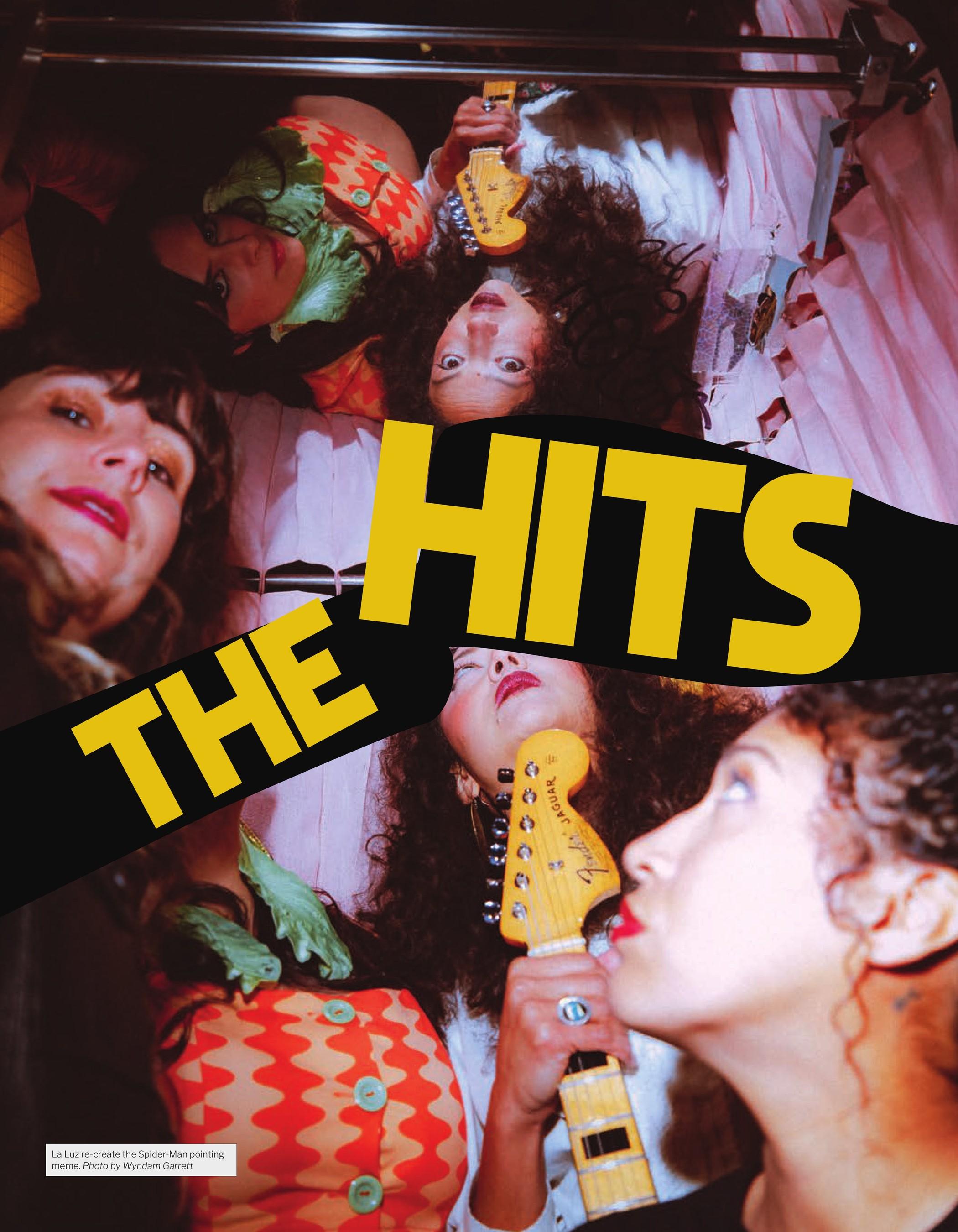THE HITS KEEP COMING
La Luz take on the world (read: semi trucks, cancer cells)


Since forming La Luz, Shana Cleveland has outrun the long arm of death not once but twice. Therefore, it’s not too far outside the realm of imagination that a big album release show, in the city where the band was formed, would make a good enough excuse as a celebration of life and an outpouring of gratitude.
In Seattle’s Belltown neighborhood, notable music venue The Crocodile—in its second location and third floor plan—was sold out and packed, right up to the fake reptile skeleton hanging from the ceiling, for an unofficial homecoming of sorts. Although the band’s singer-guitarist hasn’t lived in Seattle for the better part of a decade, residing in Los Angeles before a slightly pre-pandemic move to the Gold Rush-era mining town of Grass Valley, La Luz still have ties to the city beyond the relationships they’ve formed from living there for more than a decade. Now, after four albums on Sub Pop subsidiary Hardly Art, their fifth and most recent, News of the Universe, was released on the label proper, adding a new wing to the house grunge built.

